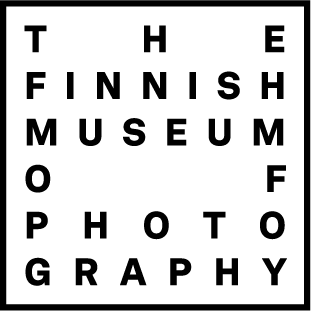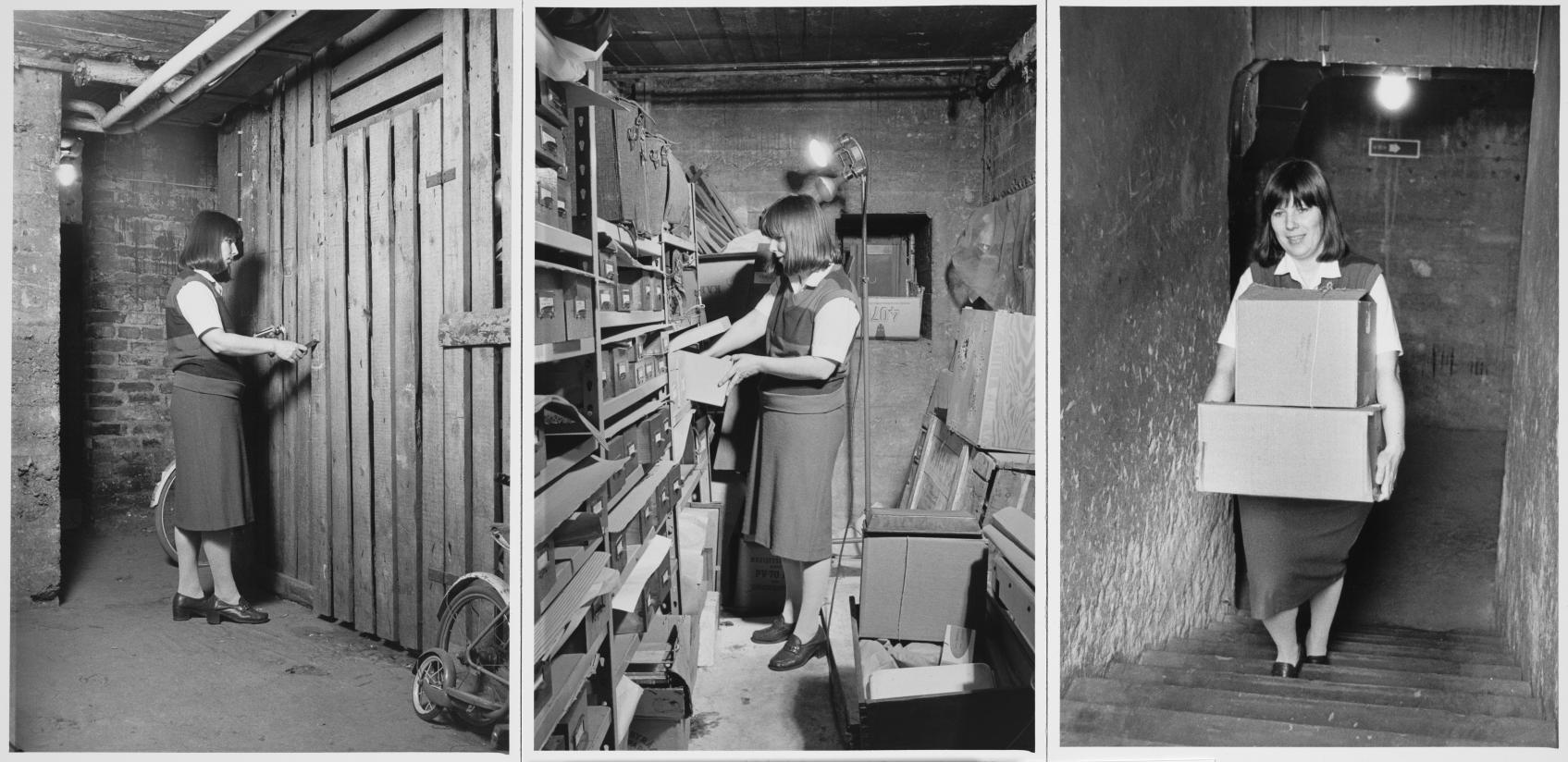
The Foundation for the Finnish Museum of Photography was set up by Finland`s main photographic organizations on 6.5.1969. It later expanded to become a national, specialist museum.
The Museum’s first exhibition and storage spaces were at Korkeavuorenkatu Street 2 in Ullanlinna, Helsinki. The premises on presented considerable challenges for museum work, as they consisted of a sauna-whisk store in the attic and an earth-floored cellar.

The Museum’s first exhibition opened in Helsinki on the eve of May Day 1969 at Kluuvi Gallery. The Museum employed only one acting half-time curator, so members of the organizations that founded the Museum planned and
hung the exhibition as a volunteer effort. The exhibition showed a cross-section of Finnish photography from the 19th-century up to the 1970s.

The basis for the Museum’s collections is made up of collections of selected works donated to the Foundation by its founding organizations. Several works from the Finnish Museum of Photography’s opening exhibition at Kluuvi Gallery in 1969 were donated to the Museum’s collection. These included pictures by the photographer Vilho Setälä and some from the permanent collection of the Association of Finnish Camera Clubs, among them Bert Carpelan’s Kansanpuisto (National park) 1955/1956, and Salmon Tails (Lohenpyrstöt) 1959 by photographer Matti A. Pitkänen (1930–1997), who was active in promoting the founding of the Museum.

Photo: Henri Oksanen 1972

The Museum’s first exhibitions placed the emphasis on classic figures in photography. Visitors at the opening of the exhibition of works by the American photographer Ansel Adams (1902–1984) in 1977. (left): Director of Helsinki City Museum Jarno Peltonen (later Director of the Design Museum, now retired) and photographer Börje Söderholm (1922–1998).
In 1998, Söderholm donated to the Museum the collection of equipment, negatives and photographs belonging to his advertising image agency Laatukuva. Every year since 2000, the Museum has awarded grants for photographic research from a fund set up by a bequest from Börje and Dagmar Söderholm.
1980–1989: The Museum looking for its place

In 1982, the Museum moved to Lauttasaari Island (Vattuniemenkuja 4) to premises rented from Kuva-Sampo Oy. This made the museum’s work easier and more professional, since the exhibition, office and storage space were now on street level, and conservation conditions for the collections were improved. The Museum’s researcher-photographer also got his own office.

From 1980–1985, the Finnish Museum of Photography had its Studio exhibition space in the centre of Helsinki and exhibitions and public events held there often attracted more visitors than exhibitions further out of town on Lauttasaari Island.


The exhibition Minne? (Where to?) in 1986 was the first large-scale research-based survey of the history of Finnish photography put together by the Museum itself. The exhibition workgroup was awarded a state prize for photographic art. The exhibition was shown at Helsinki Art Hall, as the Lauttasaari Island premises were too small for the exhibition.
The Finnish Museum of Photography moved from Lauttasaari Island to the 7th floor of the Makkaratalo Building (Keskuskatu Street 6), where it was based from 1988–1992. Here, the Museum did all of its work in ordinary office spaces.

1990–1999: Becoming a National Special Museum

In 1992, the Museum moved to the Cable Factory. The exhibition spaces opened where they are now, with access from the ground floor of staircase G, but the office, collections and library were initially on staircase A.
The inaugural exhibition in the new exhibition spaces was Vilho Setälä 100-vuotta (Vilho Setälä 100 Years). This was the first time that an entrance fee was charged. Members of the public at an exhibition of works by the American photographer Lee Miller (1907-1977) in 1993. The exhibition spaces were later extended downwards, to reach their current dimensions.
A year after the move to the Cable Factory, in August 1994, the Ministry of Education designated the Museum a national special museum. This put the Museum in a better position to carry out its work.


At the end of 1999, the office, collections and library also moved to their current premises on the 5th floor of the Cable Factory’s staircase G. The exhibition spaces and entrance in the gable end of the Cable Factory were totally renovated in 1998. The museum spaces were jointly designed by the Alli architects practice and Valvomo interior designers.
Following the extensions of 1998 and 2008, the Museum now has a total floor area of 2511 m2, with exhibition, workshop and other public spaces taking up 920 m2.
2000–2009: To the new millennium

In 2000, the Swedish photographer Elisabeth Ohlson’s Ecce Homo exhibition attracted a lot of attention in the media, and demonstrators were a daily sight outside the Museum. Ohlson’s staged photographs viewed some of the main events in the life of Jesus from within the present day, via the life situations of homosexuals and transvestites. The demonstrators were there at the exhibition opening 16.6.2000.

In 2004, the Finnish Museum of Photography received Uusi Suomi newspaper’s negative collection comprising around 2.5 million pictures from Alma Media/Iltalehti newspaper. This is Finland’s biggest press archive in a public collection. The Museum of Photography has catalogued the collection with support from the Finnish Cultural Foundation.
In the early years, the collection committee was responsible for the Museum’s acquisitions. From 1983–1993, the Museum’s Curator and the Foundation Board member from the Finnish National Gallery decided on work acquisitions. From 1994–2007, acquisitions were decided by the Museum’s Director and the Collection Curator. Nowadays, acquisitions are the joint responsibility of the Museum’s Director and the collection workgroup.


The year 2008 was The Year of Photojournalism. All the exhibitions the year offered new viewpoints on the history, current state and future challenges of photojournalism. The logo for the year, >1000, was a reference to the familiar refrain about a picture saying “more than a thousand words”, but it was also a reminder of the ubiquitous presence of pictures in our everyday lives. Picture of the opening of New Generation – New Eyes in Photojournalism and Markus Jokela's Something Has Happened 29.5 2008.

2010-2019: Internationalization and digitalization
In the 2010s, the Finnish Museum of Photography joined the rest of the art and museum world in going digital, with the digitalization of its collection management, the expansion of its website and the creation of its own social media channels on Instagram, Facebook and Twitter. The museum's activities became more international, with numerous international projects such as Transeurope, which promotes the mobility of photographers, and the pioneering Nordic project Collecting Social Photo (2017-2020), which focuses on the collection of social media images. The museum also launched regular portfolio screenings for photographers and introduced an international open call for exhibitions in the Process space.
The Museum of Photography was invited to make an exhibition as part of the Turku Capital of Culture Year 2011. The exhilarating Alice in Wonderland exhibition of international contemporary photography was one of the main events of the Capital of Culture year and was on display in Turku Logomo throughout the year.
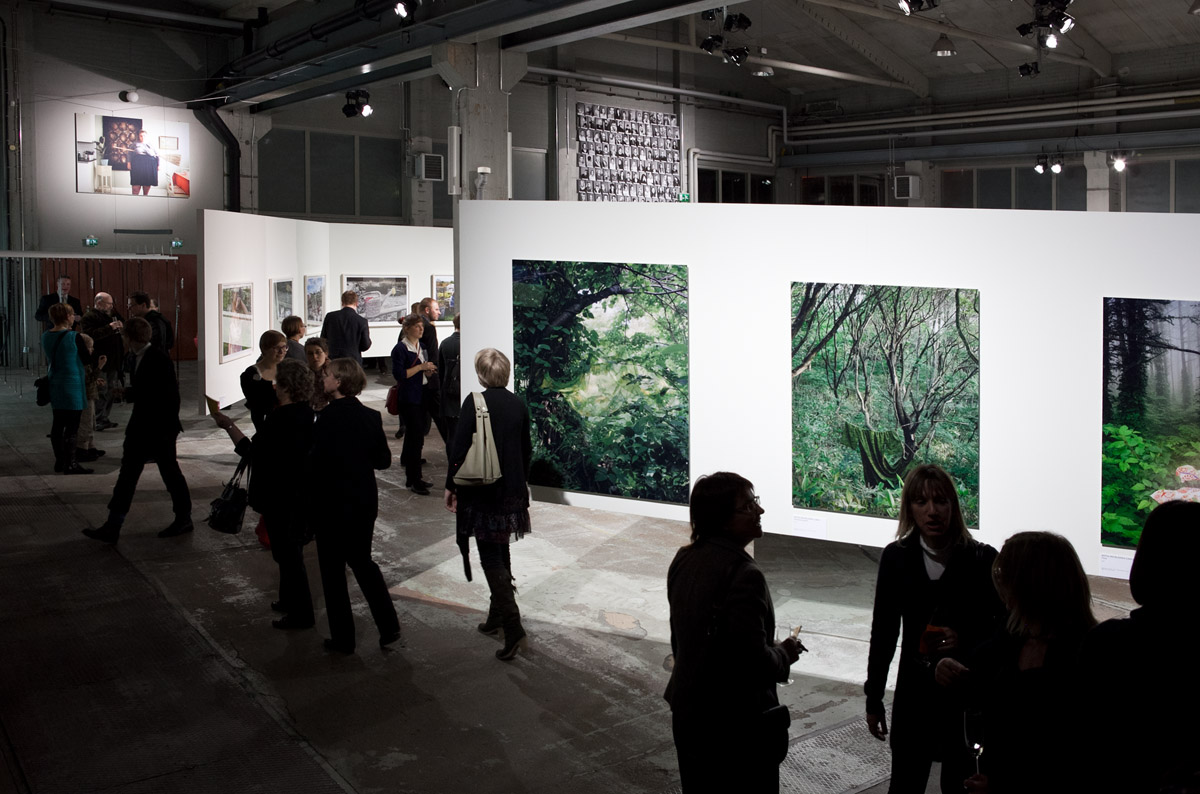
The opening of the Alice in Wonderland exhibition at the Logomo in Turku. Photo by Virve Laustela
The museum published several books on photographic art and culture in the 2010s. In 2010, After Sauna Art, a collection of images from the Elonkorjaajat artists' circle, was published, and in 2011, the catalogue of the Alice in Wonderland exhibition, and a book on the basics of photo archiving, Kuvansa kullakin, were published. A collection of photographs by photojournalist and documentary photographer K-G Roos, was published in 2012, and Valokuvataiteen ydin, a book exploring the essence of photographic art and art discourse in Finland was published in 2014.
In the 2010s, the Finnish Museum of Photography's staff grew with the hiring of additional staff in almost every department of the museum and the creation of a brand new communications department responsible for information, media relations, marketing and social media.
2020: one museum, two locations
The year 2020 will go down in the history books of the Finnish Museum of Photography as an eventful year, as the museum became a national responsible museum of photography and opened a new K1 exhibition space in the Kämp Gallery in the centre of Helsinki. The new exhibition space doubled the number of exhibitions the museum holds each year. The public quickly embraced the new exhibition space.
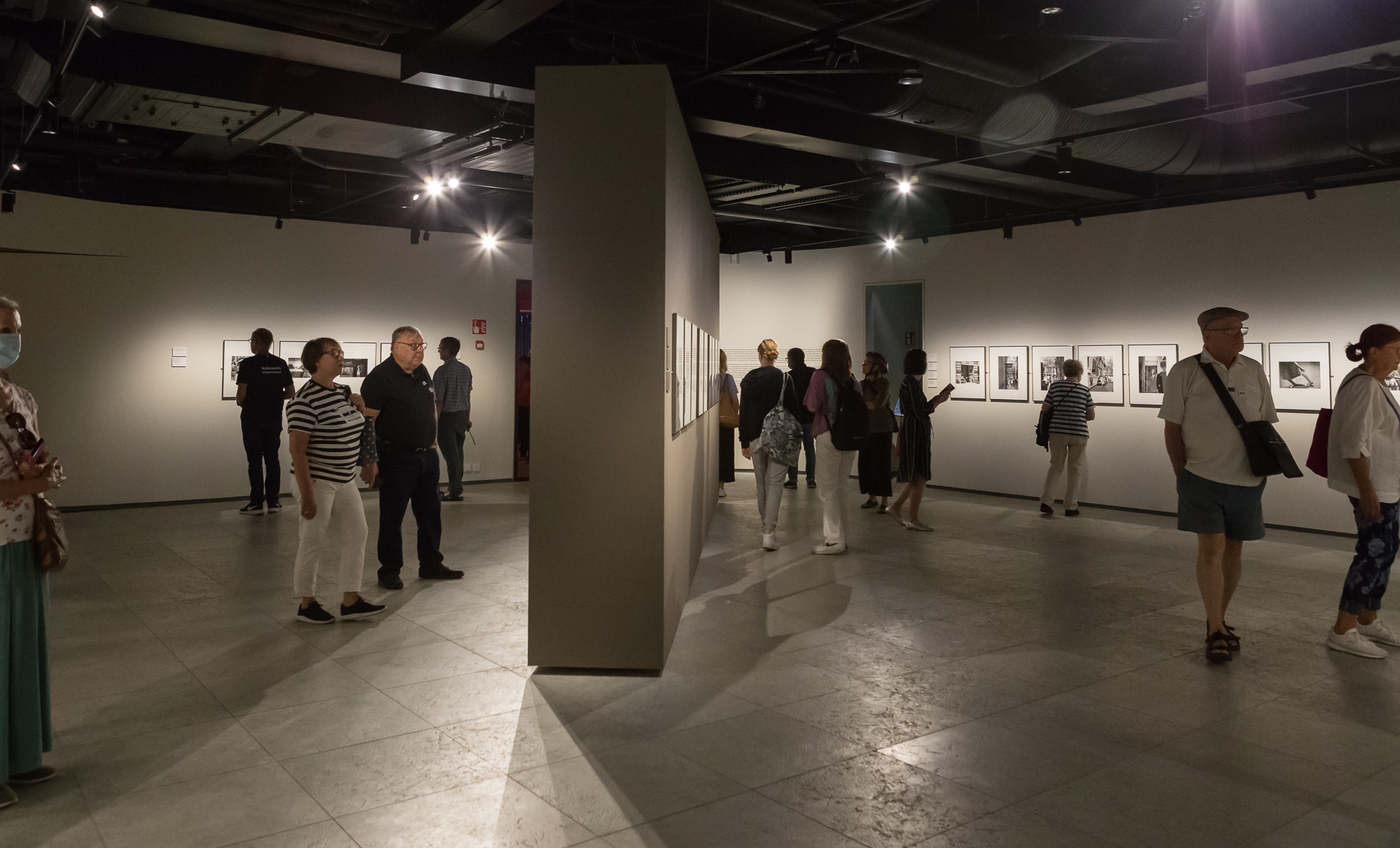
Visitors to the opening exhibition of K1, Douglas Kirkland: Coco & Marilyn. Photo by Virve Laustela / Finnish Museum of Photography
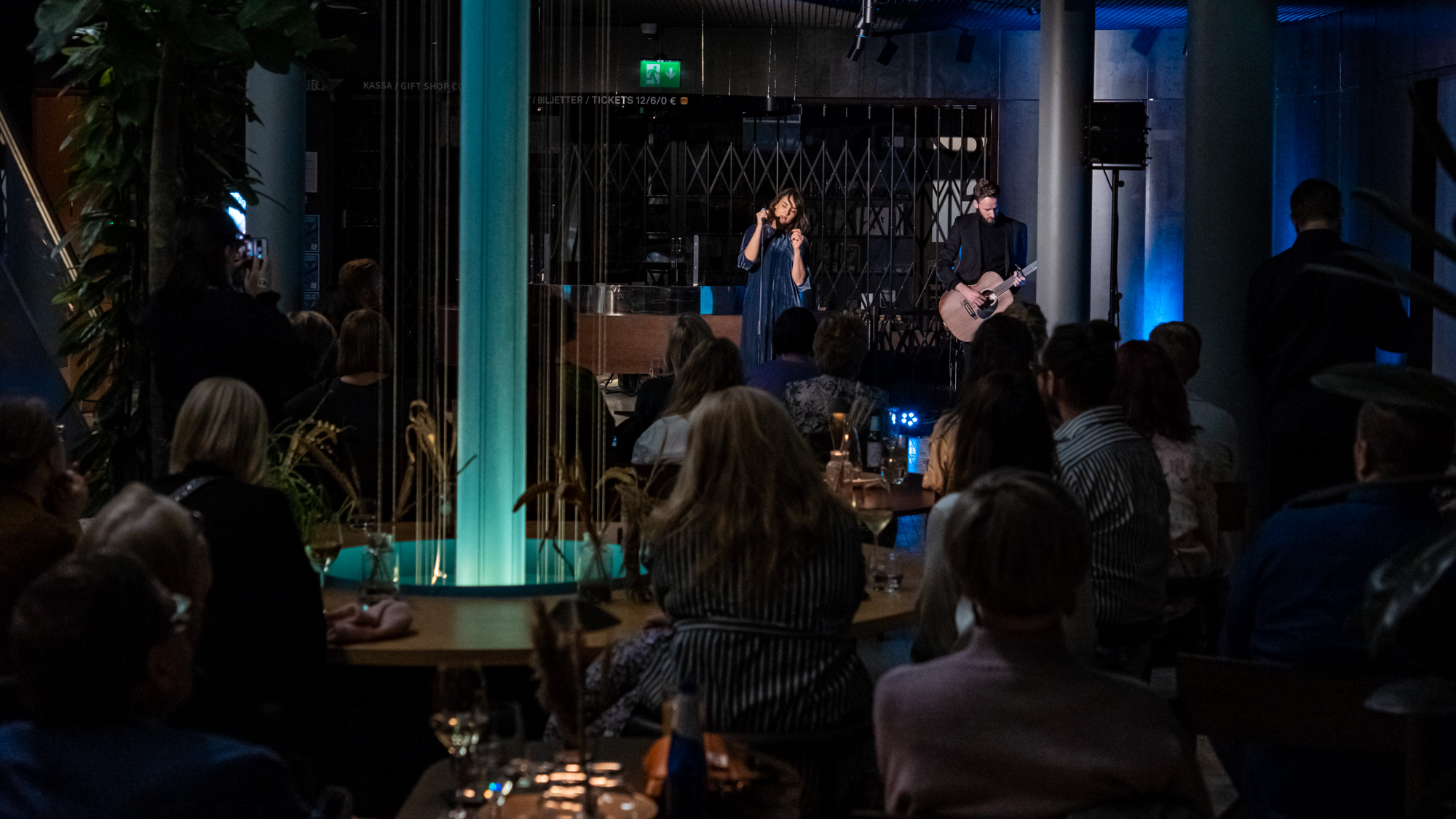
The atmosphere at the K1 Club, where Iisa was the headliner. Photo by Virve Laustela, autumn 2021 / Finnish Museum of Photography
At the beginning of 2023, the museum's exhibition activities expanded even further when a completely new exhibition space opened at the Cable Factory. The space hosted the Finnish Museum of Photography's first permanent exhibition, Viewfinder.
Museum Director Elina Heikka retired at the beginning of 2023 and Anna-Kaisa Rastenberger, PhD, became the new Museum Director. From 2009 to 2022, Anna-Kaisa Rastenberger served as the Finnish Museum of Photography's exhibition curator.
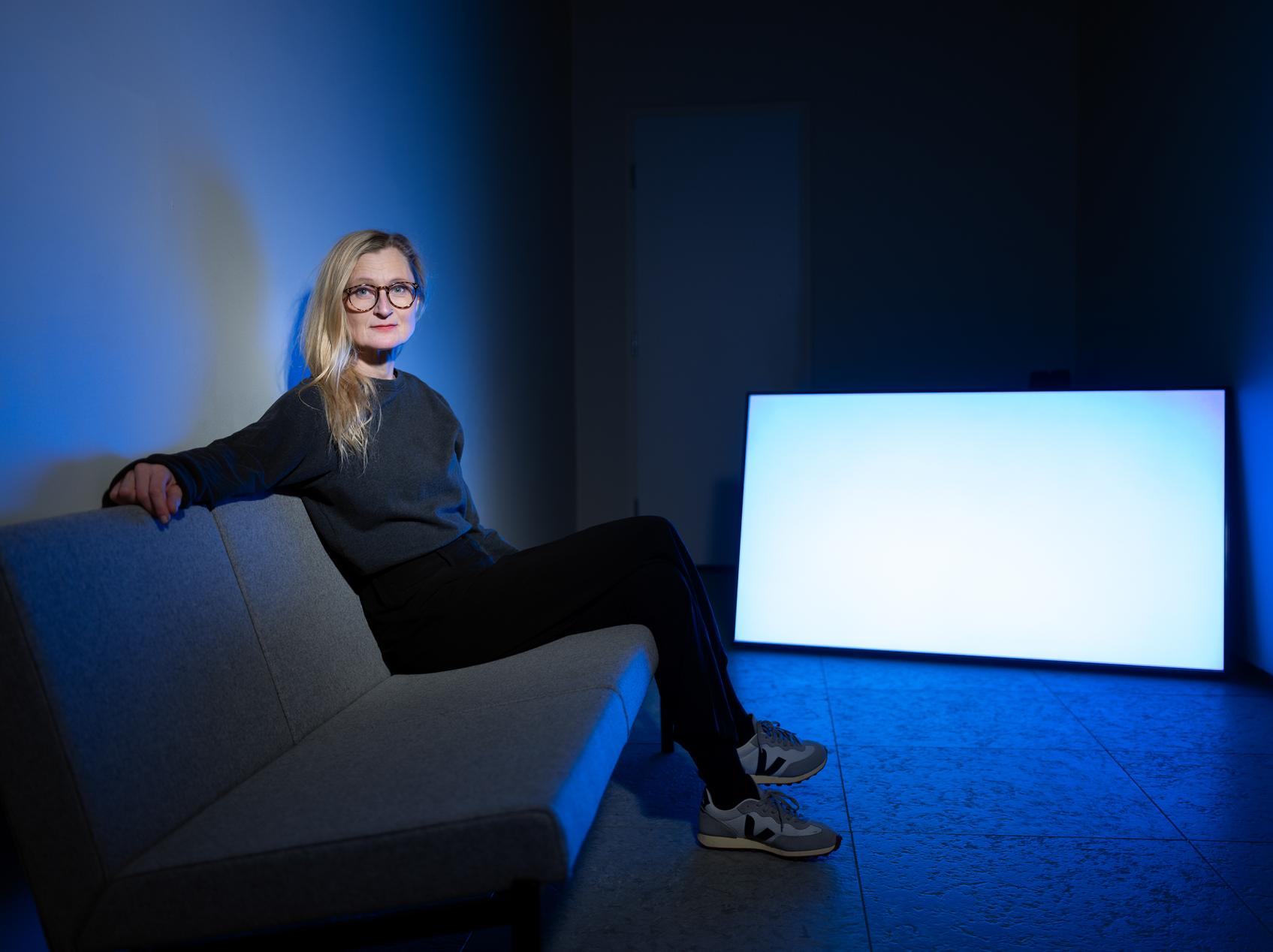
Anna-Kaisa Rastenberger, the new Director of the Museum of Photography. Photo by Patrik Rastenberger.
